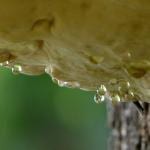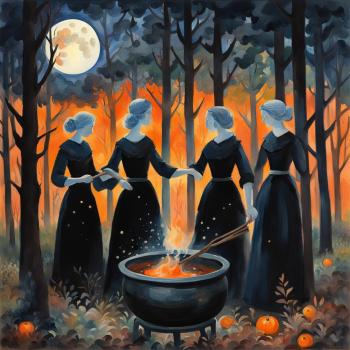While often traditions long to connect with something ancient and far older than our current neopaganism, there is something powerful about reaching through the flow of time, and bringing older magickal practices into a modern witchcraft context. The threshing floor was often a space of symbolism, magick, hard work, and gratitude for harvest. We could use more of this today.
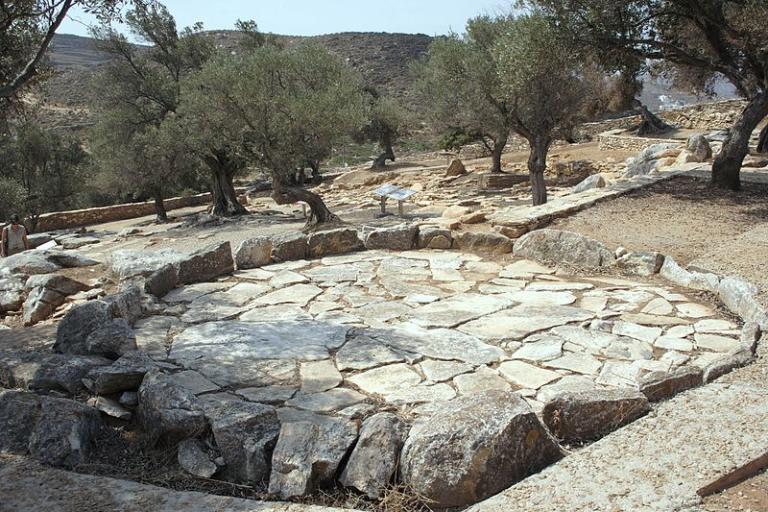
I am a practicing Hekatean Witch, and much of my devotional work centers on Her. While in a course a while ago, there was an opportunity to connect with the older practices and reconfigure them to modern approaches. Personally I adore the Greek Magical Papyri (PGM) and bringing spells forward into our current context. Here I’ll walk you through the process I took to create the modern spell.
Figure out Your Intention
With any magick, the first step should be clarifying your intention. In a previous blog I talk about making your intentions clear, specific, and possibly measurable in a way that you’ll be able to confirm there has been an outcome to the spellwork. I highly recommend having a clear intent prior to other work.
Once you have an idea on your intent, start looking for ancient sources that may have done similar things. In my example, I was creating a house blessing, and was specifically looking for things related to cleaning or blessing a home. I landed on threshing as it best fit with my intention of clearing away the old, and keeping the best. Remember, we aren’t using the spells as we find them, but sourcing them for information and bringing them into a modern context. Before we build further into updating a spell, we need to look at what threshing is, and why it was practiced.
What is Threshing?
Threshing is a process by which grains were beaten with a flail, or later, animals (usually oxen) to loosen the grain from the husks and straw. This was then followed by the process of winnowing, or tossing the threshed product into the air, and the heavier things (the good part of the grain) would fall back to the floor, while the lighter things (the chaff) would be carried off in the wind, or easily lifted up and removed from an indoor threshing floor. The expression of “separating the wheat from the chaff” comes from this.
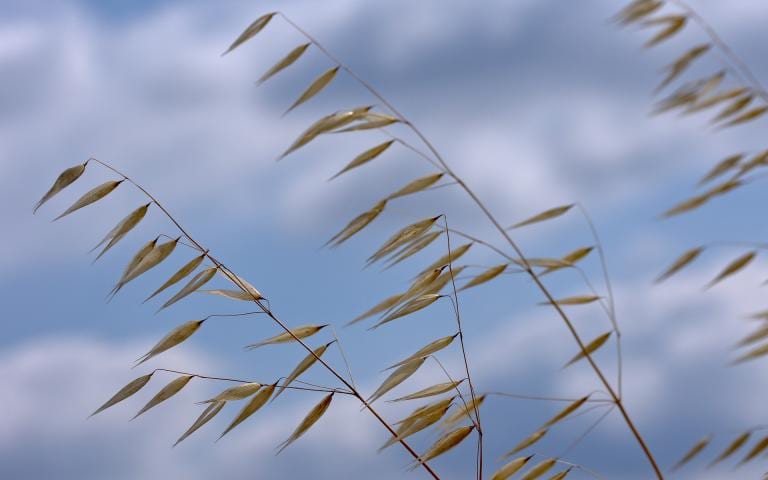
Prior to the Industrial Revolution, humans completed this process with their hands and hand tools. There is some reference to this process being completed together by communities with festivals. I see this as another link to our modern-day harvest festivals that we celebrate around Lughnassadh or Lammas. We also see the symbolism within witchcraft and other spiritual paths of the first of the harvest being offered up to the land, or the spirits, or a deity.
The Threshing Floor
Spiritually, the threshing floor is rich with symbolism in the Christian Bible as well, and is mentioned at least 25 times, such as this symbolic one:
“His winnowing fork is in his hand, and he will clear his threshing floor and will gather his wheat into the granary; but the chaff he will burn with unquenchable fire.” (Matthew 3:12)
It is symbolic of the separation of good from evil, and the symbolic threshing of oneself – it is the alchemical process of transformation. Solve et coagula. To consider this in a context related to my witchcraft practice, I see this as a separation not of good from evil, but a separating of what is beneficial to keep, and what must be composted or transformed into soil to gain benefit. If we keep it all, the grain molds, and we harm ourselves. We place ourselves upon the threshing floor to have our grain/best separated from that which no longer serves us. The ritual scourge or flail holds even more significance when looked at through this lens.
After researching the threshing floor, I knew with certainty that my intent had become clear. To ask for blessings of protection and shelter, and to bring lasting abundance into my home. At this point I began researching where to build my spell from.
Searching for Spells, Getting Creative
Where this was work with Hekate, I searched throughout numerous databases and books for ancient hymns or spells. The largest resources were the Chaldean Oracles and the Greek Magical Papyri. There is a lack of “complete” ancient hymns beyond what is in the Chaldean Oracles, and some spells within the PGM. So I would encourage you all to get creative and look at snippets as a part of your inspiration. You can also work with the voces magicae or barbarous words to call up power.
I found this specific hymn to build from, which I wanted to use for blessing my home. I see the threshing aspect as particularly important for both cleansing space and self.

(PGM 2745) But you, O Hekate, of many names, O Virgin, Kore, Goddess, come, I ask, O guard and shelter of the threshing floor, Persephone, O triple-headed goddess, Who walks on fire, cow-eyed BOUORPHORBE~’~ PANPHORBA PHOIUlARA ARTIi)l’HI ERESCHIGAL / NEBOUTOSOUALETH
This was intended as part of a love spell, so you could write something as follows, still incorporating the words of power. Threshing floors were common in the ancient world as an important part of agriculture for threshing grain. So these could be associated strongly with your kitchen, garden, your hearth space and the love that these can create. I have created the hymn below, and welcome you to use it for devotional work at your own shrines to Hekate, be they in your hearth, your kitchen, or garden. If sharing, please share with a link to my blog.
I mention offerings in this, and I suggest timing this ritual to the first harvests. Offer up a glass of red wine and fresh bread (poppyseed would be ideal, as poppies are sacred to Hekate). If you make your own, fantastic. If not, I would recommend finding local wineries and bakeries. You can also make offerings with a ritual scourge if this is a part of your Witchcraft practice.
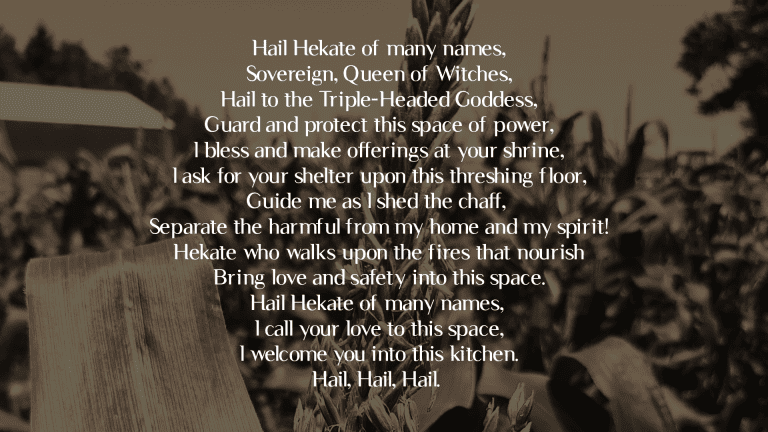
Text on image:
Hail Hekate of many names,
Sovereign, Queen of Witches,
Hail to the Triple-Headed Goddess,
Guard and protect this space of power,
I bless and make offerings at your shrine,
I ask for your shelter upon this threshing floor,
Guide me as I shed the chaff,
Separate the harmful from my home and my spirit!
Hekate who walks upon the fires that nourish
Bring love and safety into this space.
Hail Hekate of many names,
I call your love to this space,
I welcome you into this kitchen.
Hail, Hail, Hail.
Want to hear more from Lisa Jade? Follow her at www.livingtheliminal.ca and www.facebook.com/livingtheliminal



